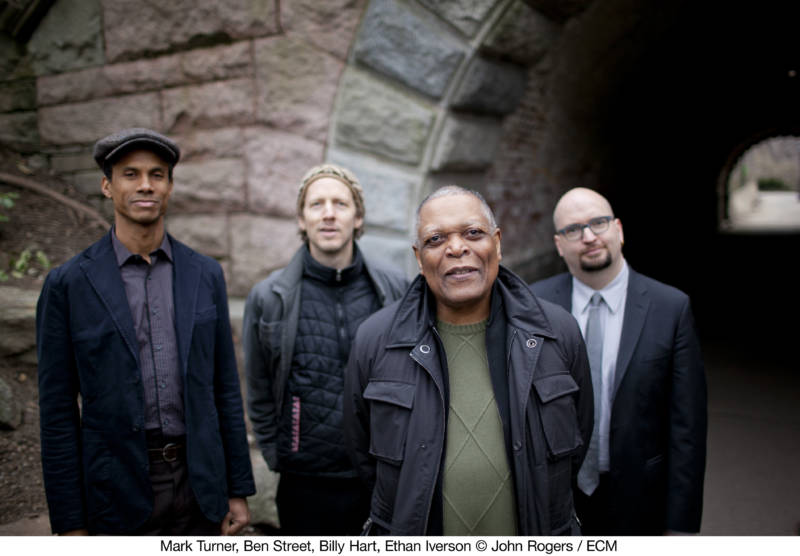When Ethan Iverson talks about Billy Hart, it’s easy to understand why so many younger jazz musicians avidly seek out the 75-year-old drum maestro. “He’s part of the anointed community who started playing straight-ahead jazz at the highest level when it was folk music,” says the Bad Plus pianist. “Some people think ‘folk’ means less advanced than classical, but I mean more advanced. As a master folk musician anointed by the community, you have something that can reach anyone.”
Hart has deep and abiding ties to the Bay Area, and he returns on June 4–5 as the subject and driving force of a weekend extravaganza at the Healdsburg Jazz Festival, which runs from June 3–12 at venues around the town. He’s performed at Healdsburg more than any other artist in the festival’s 18-year history, and the series’ theme of ‘Honoring Billy Hart’ is designed to highlight some of his most important recordings and relationships. Saturday’s double bill features an all-star ensemble based on Hart’s classic 1977 album Enchance and the collective quartet Quest, which toured and recorded widely in the 1980s. (The group also performs Monday, June 6 at Santa Cruz’s Kuumbwa Jazz Center).
Sunday’s program reassembles players from another epic Hart recording, 1996’s Oceans of Time, a multi-generational cast that includes saxophone stars Chris Potter and Berkeley High alum Craig Handy; bass legend Cecil McBee; and San Francisco jazz drummer Lorca Hart, who joins his father on trap set duties. The evening’s other ensemble is the celebrated Billy Hart Quartet with Ethan Iverson, bassist Ben Street, and tenor saxophonist Mark Turner. (The group also plays the Stanford Jazz Festival on July 31, SFJAZZ’s Joe Henderson Lab on Sept. 15-16, and the Monterey Jazz Festival on Sept. 17.)

When Iverson talks about Hart’s anointment, he’s referring to the drummer’s formative years accompanying seminal acts like soul greats Otis Redding and Sam and Dave, Hammond B-3 organ star Jimmy Smith, and guitar genius Wes Montgomery. Hart had all those gigs under his belt and more by the time he played on Pharoah Sanders’s classic 1969 album Karma, which consisted almost entirely of the spiritually charged free jazz hit “The Creator Has a Master Plan.”


